Effective Online Art class for Children in MyanmarOn March 18, I finally got to teach painting online for children in Myanmar. Above all, I made a lecture plan with the contents below before class and asked to prepare materials. On the first day, I expected and prepared for the following craft. However, the teacher should always be prepared for contingency and prepare several options for this. In other words, there were no paper plates on the day of education, and only A4 paper, crayons, scissors, and glue were available. In addition, the time to translate after the explanation had to be calculated. Because of this interpretation, it is difficult to convey complex skills or tasks when teaching art online. Also, in our experience, showing detailed work online is still limited. However, personally, the process of folding paper and drawing pictures while interacting with children through the screen shows that art education is possible online. Simple origami, for example, was very effective. On the 18th, I taught the children to fold hearts. After two attempts, the children made paper hearts perfectly. I folded the middle of the heart like a door that opens and closes and draws another small heart inside it. The children had a lot of fun doing this. The first lesson was to simply draw themselves and attach a paper heart to their portrait. In other words, I focused on discovering what I love myself through painting. Recycled paper was used whenever possible. On the 25th, there was a second class. The second time, they didn't have the environment to prepare a paper plate. I thought of the lack of art materials for Myanmar children and thought I should find a way to overcome them. Previously, I ran a $1 watercolor painting project to explore this kind of idea. However, after teaching Myanmar children, I discovered that even a dollar can be a luxury for some children. The art materials they can prepare are paper, pencils, crayons, glue and scissors. So, from now on, I have to make a plan to teach them using only this tool. So what I thought was the dressing room that my daughter had made. My daughter's friend first made her a dressing room out of paper. I made another dressing room with my child. This dressing room paper book is made by cutting A4 paper into four sheets. When I was child, art materials were uncommon and expensive, so like today's Myanmar children, we often played with paper and imagined each other. But when I look back, I have happy memories of that time. Based on these memories and the dressing room, I changed my lesson plans and methods. In other words, in the second class, after drawing a picture of yourself, you drew a T-shirt, pants, shoes, and hat separately and glued them together. It's a very simple task, but the kids were able to learn how to draw fingers, how to represent the whole body, how to put on an artist's verret, how to sign, and more. And by making clothes in her own style, she was able to dress herself up just like a great fashion designer. In conclusion, for the art education of Myanmar children, I was able to discover that we should first explore the materials around them, and that we should devise materials that are easy and accessible and less processed if possible so that we can freely imagine them. Above all, I found that online art classes benefit from simple movements, imaginative, interactive, and preferably easy-to-follow forms rather than delicate, time-consuming special techniques or secret tips.
0 Comments
Leave a Reply. |
Myungja Anna KohArtist Categories
All
Archives
April 2024
|
Proudly powered by Weebly

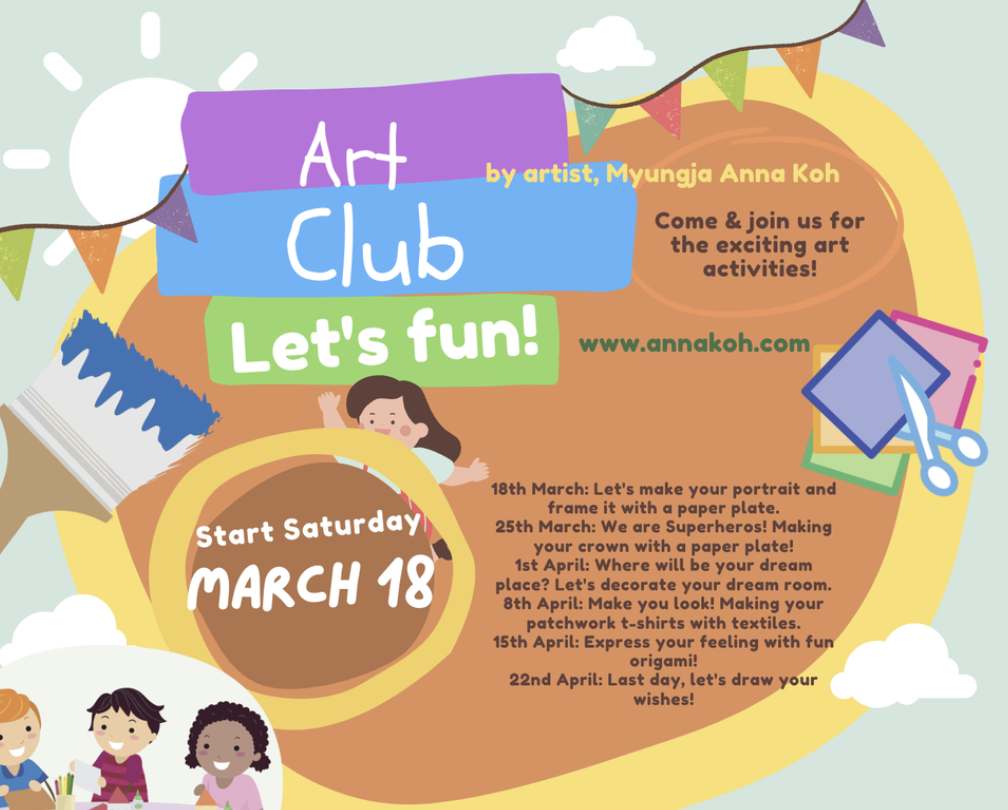
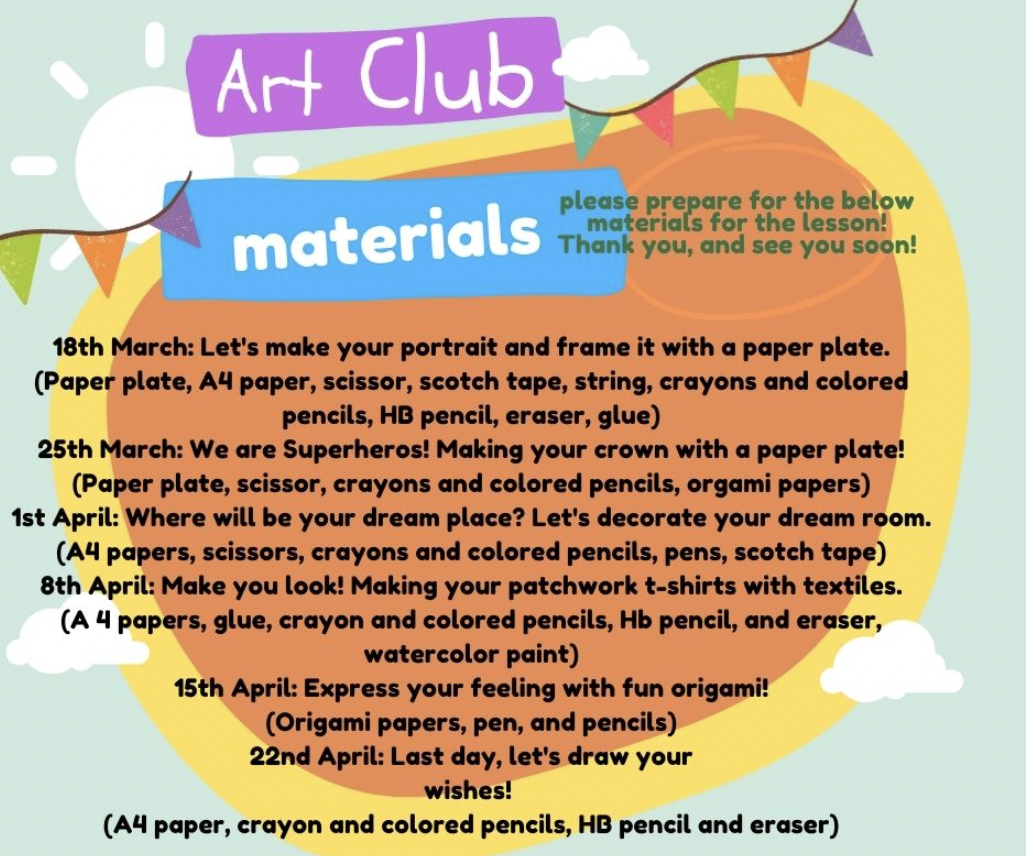
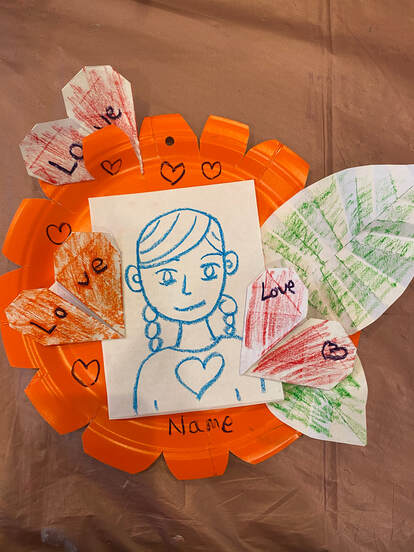
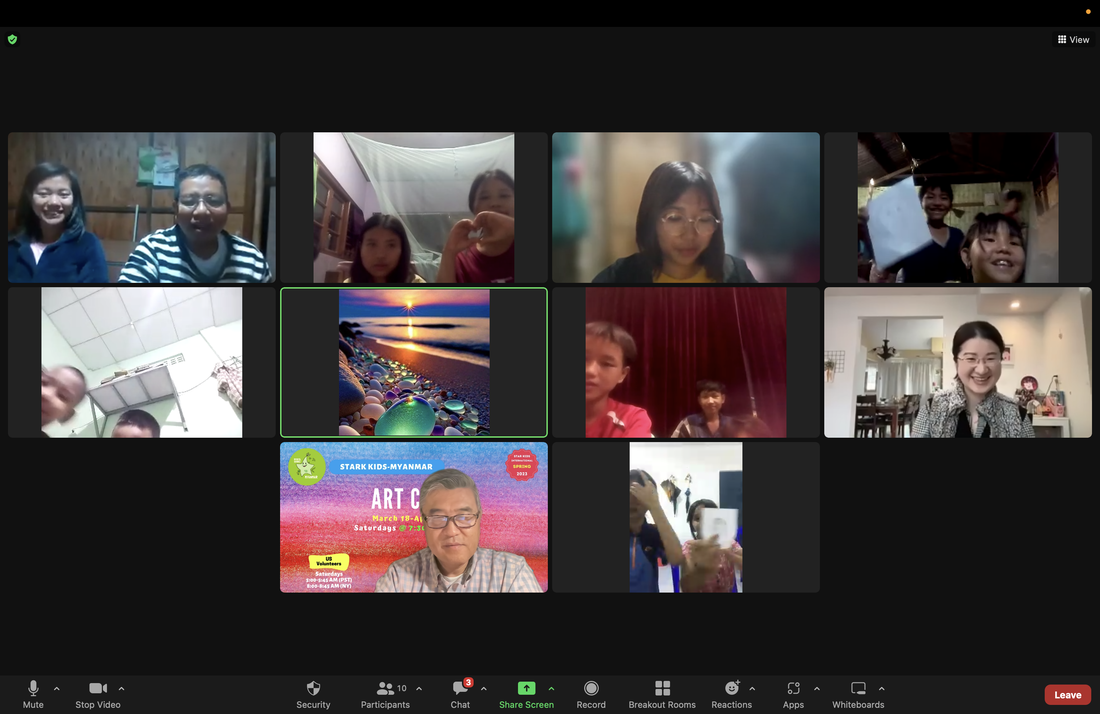
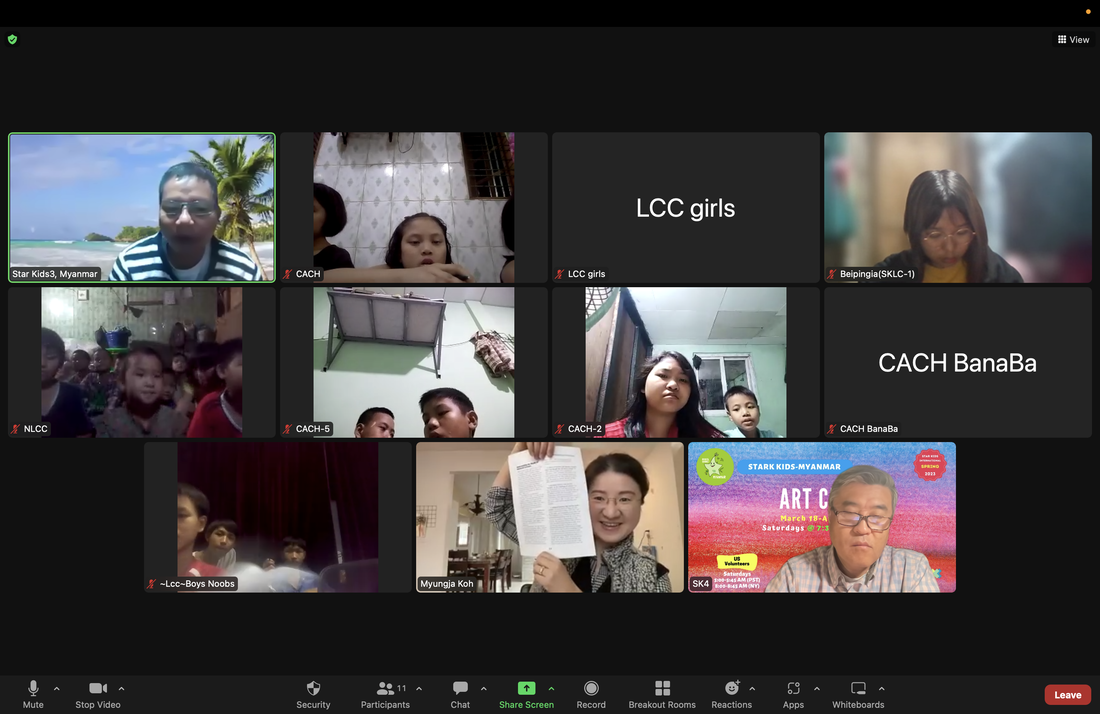
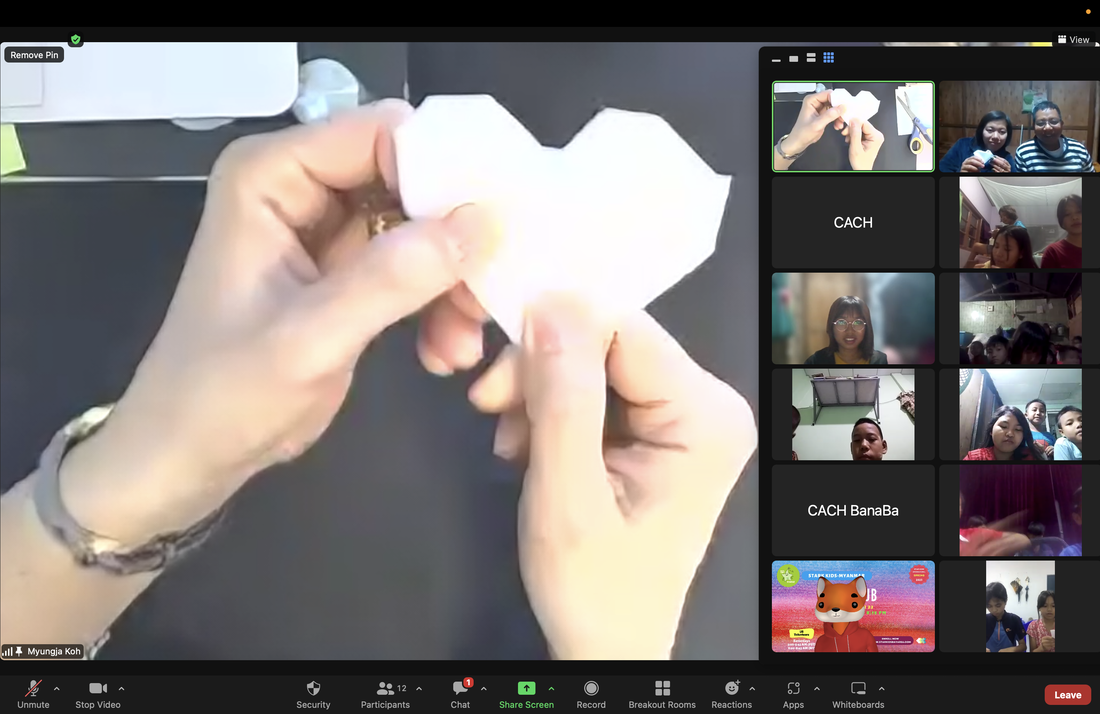
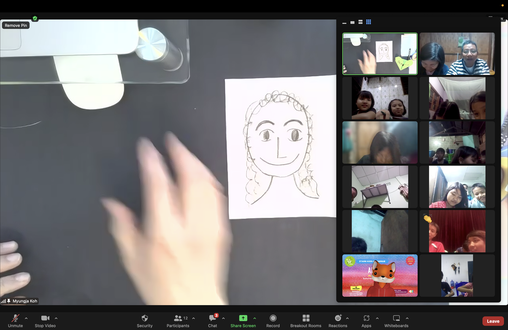
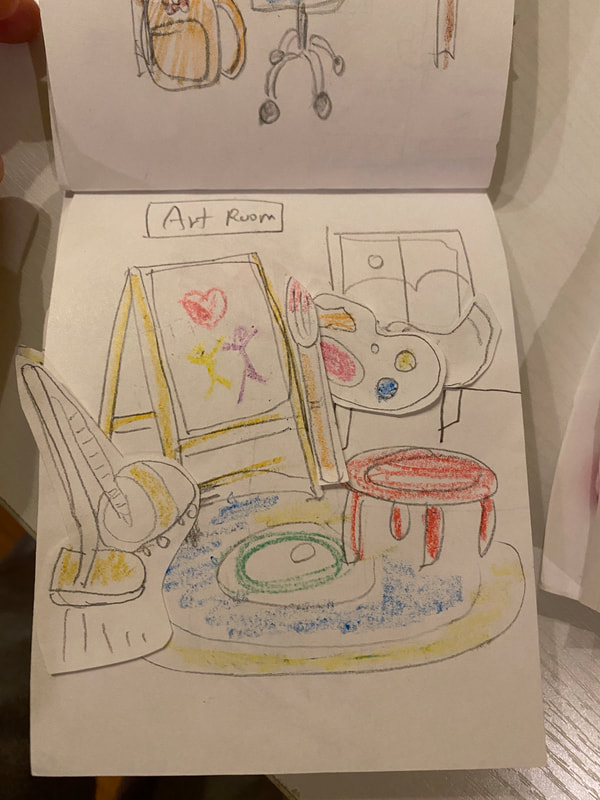
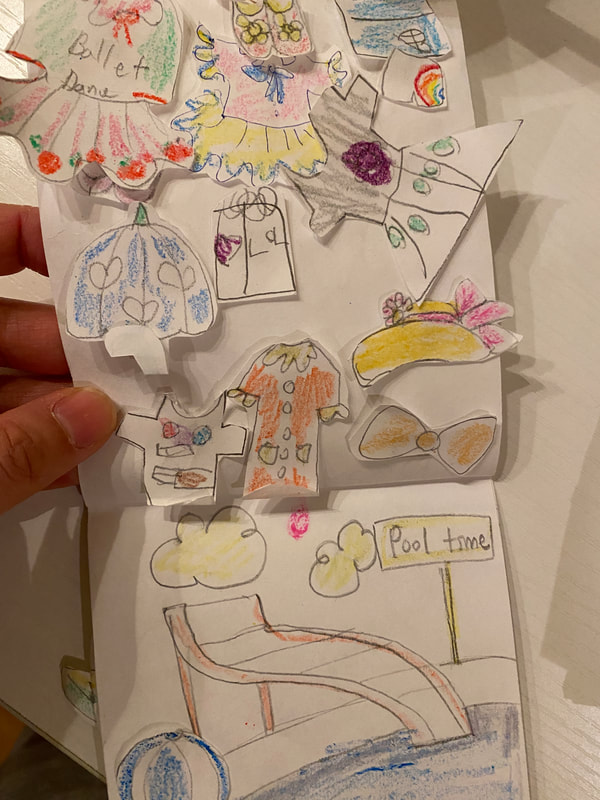
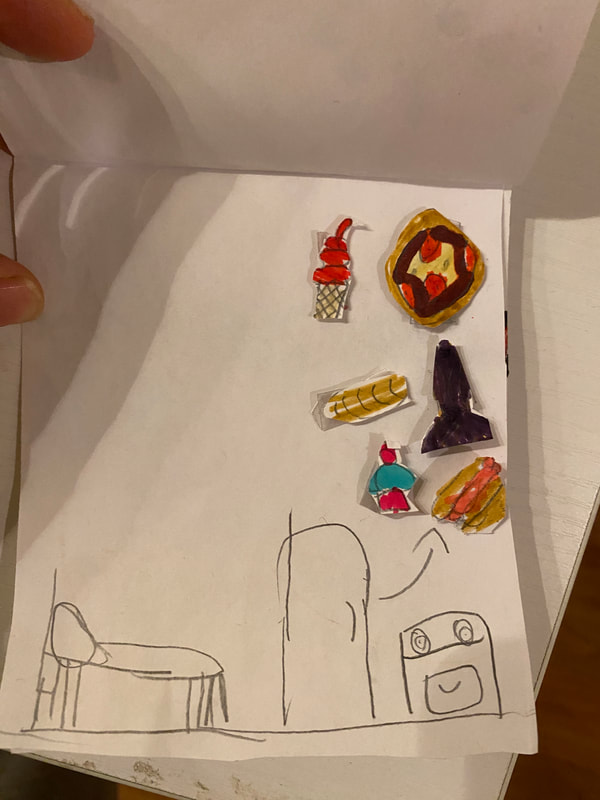
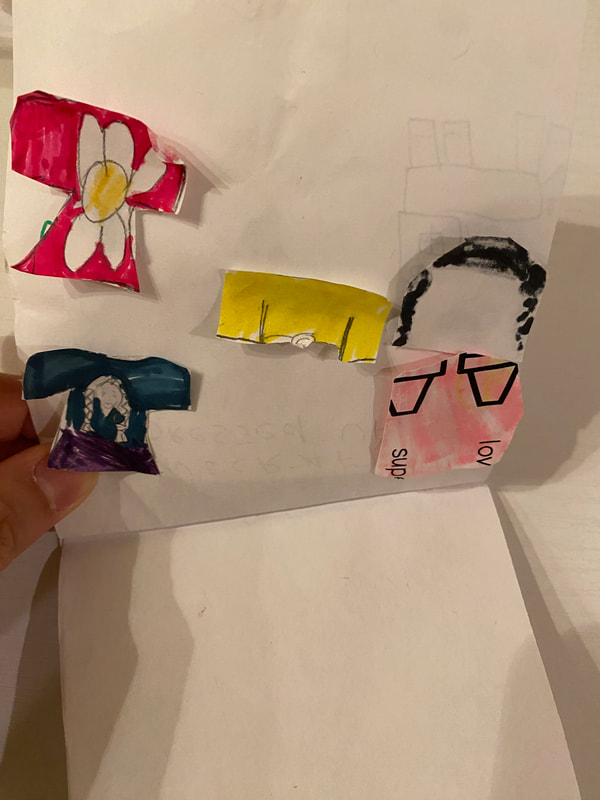
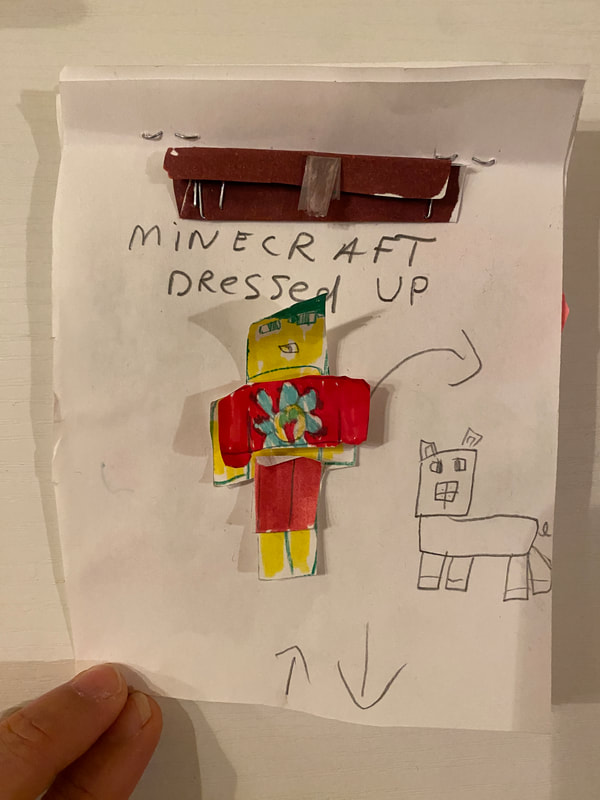
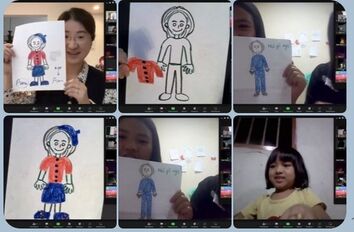
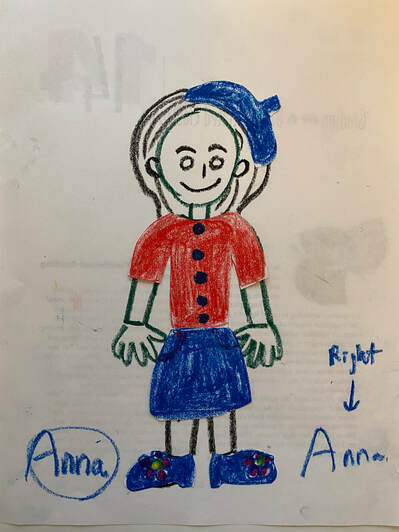
 RSS Feed
RSS Feed